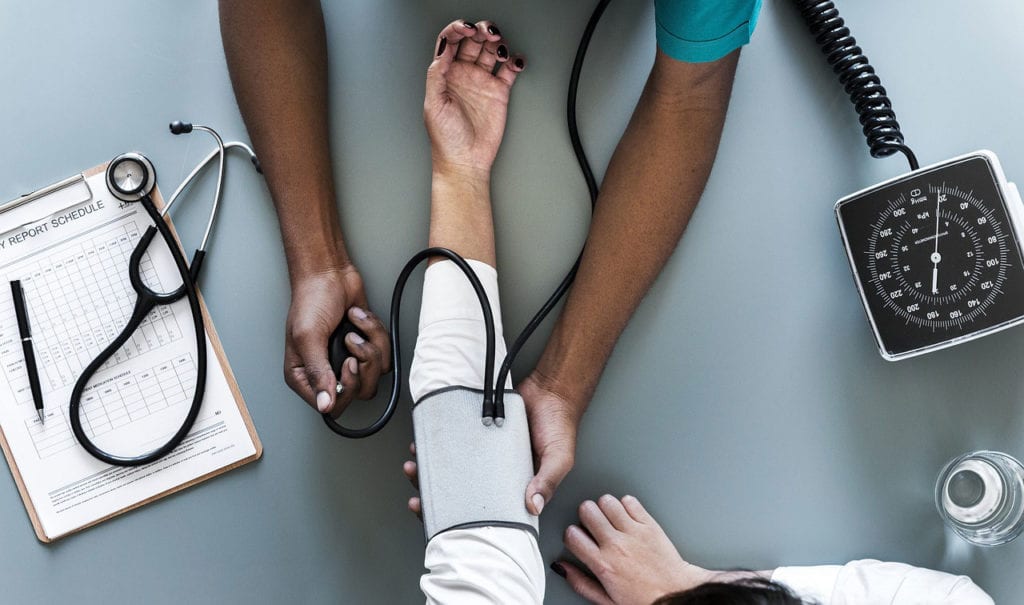According to a report by BioSpace, the United Kingdom’s National Institute’s of Health (NIH) recently diagnosed 31 conditions that were not previously recognized. The results date back to an initiative started in 2014. Known as the Undiagnosed Disease Network (UDN), the program spanned seven clinical sites, establishing a diagnostic and research network. Keep reading to learn more, or follow the original story here for further information.
Examining the UDN
The UDN entered existence as a network spread across seven clinics. It was equipped for sequencing, and organized by a central coordinating center. More diagnostic tools were added later as became necessary. In the period between 2015 and 2017, over 1,500 patients applied to the UDN’s clinical sites. Of this group, about 600 patients were accepted and deemed most likely to benefit form the program.
Doctors working for the project found a diagnosis about one in every three of the first 382 patients completing evaluations. From the group of diagnosed patients, 31 were diagnosed with conditions previously unidentified.
Determining Diagnosis
Out of the patients diagnosed through the UDN project, many already had some sequencing in their records. 192 patients already participated in exome sequencing before joining with the UDN. Patients with neurologic symptoms comprised roughly 40% of the test population. Those with musculoskeletal symptoms made up about 10%. Gastrointestinal symptoms, and immunologic symptoms both existed at a rate of 7%, and 6% of patients lived with rheumatologic symptoms.
74% of patients diagnosed required some form of genome or exome sequencing to reach a successful diagnosis. Only fifteen patients were diagnosed purely through clinical evaluation. Notes from the study indicate that many of the diagnoses reached during the study warranted a change in treatment or testing procedures for the respective patient.
Something Old, Something New
Other notes from the study include what types of conditions were diagnosed. Of the patients who received a diagnosis, 77 were categorized into known diagnoses. 24 patients presented with unusual variations of a condition that was already known.
Apart form this group were the 31 patients with new conditions. Of this group, 16 displayed new conditions that were tied to an identified gene or gene region. The other 15 patients received diagnoses of new conditions connected to new genes or gene regions. Some of the newly identified conditions included hypotonia, ataxia, and delayed development syndrome (HADDS), and Sashi-Pena Syndrome (SHAPNS)
Doctors associated with the project describe their goal as to “take the hardest cases in medicine.” They describe it as “a new type of scientific odyssey.” New discoveries are made all the time, and network systems allow results from one patient to benefit others all across the globe.







